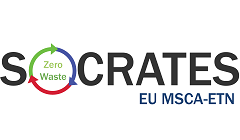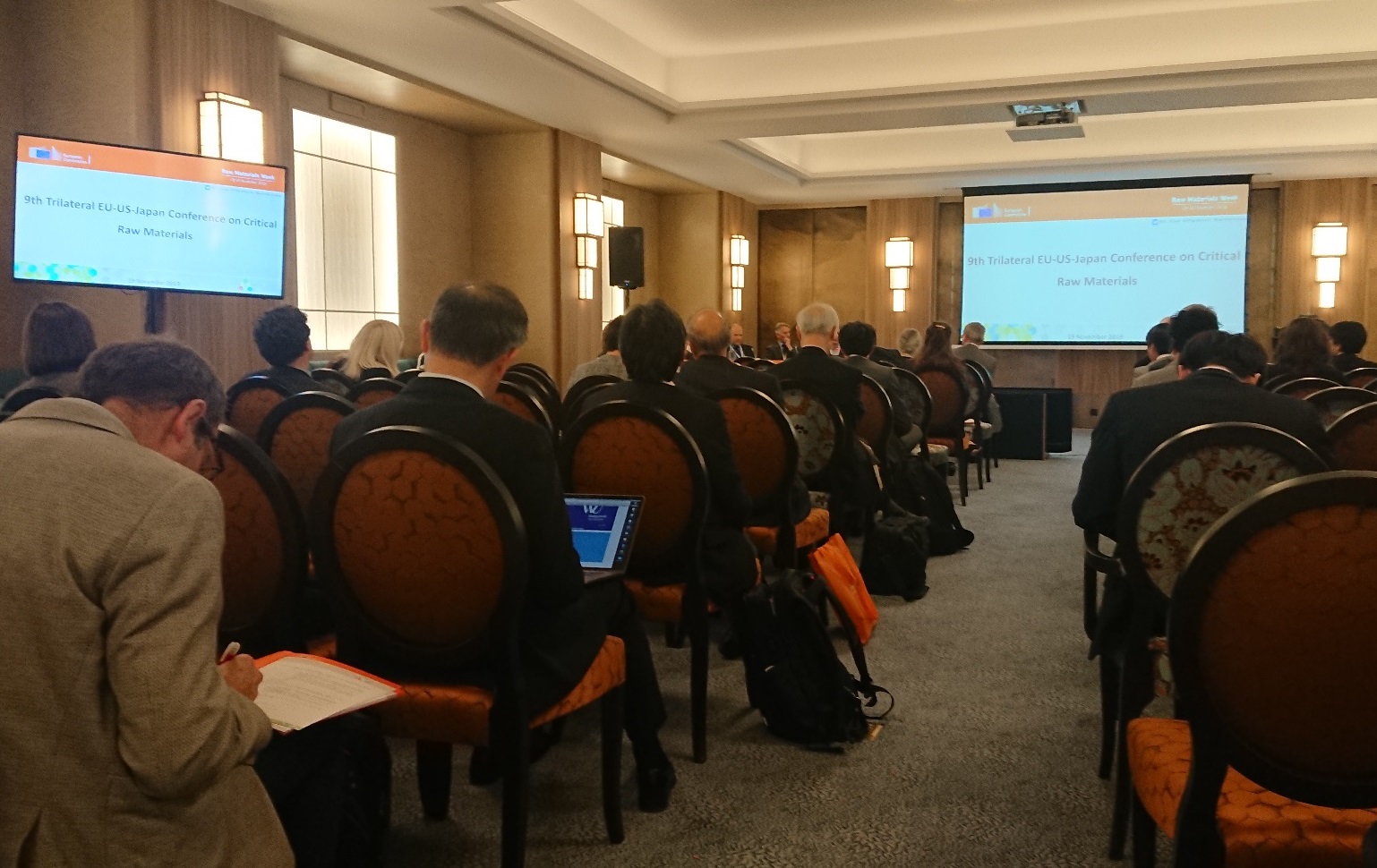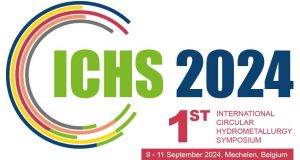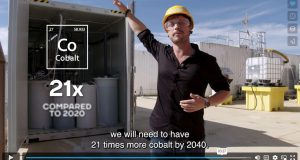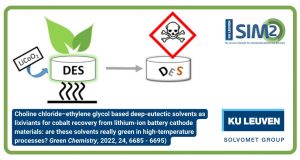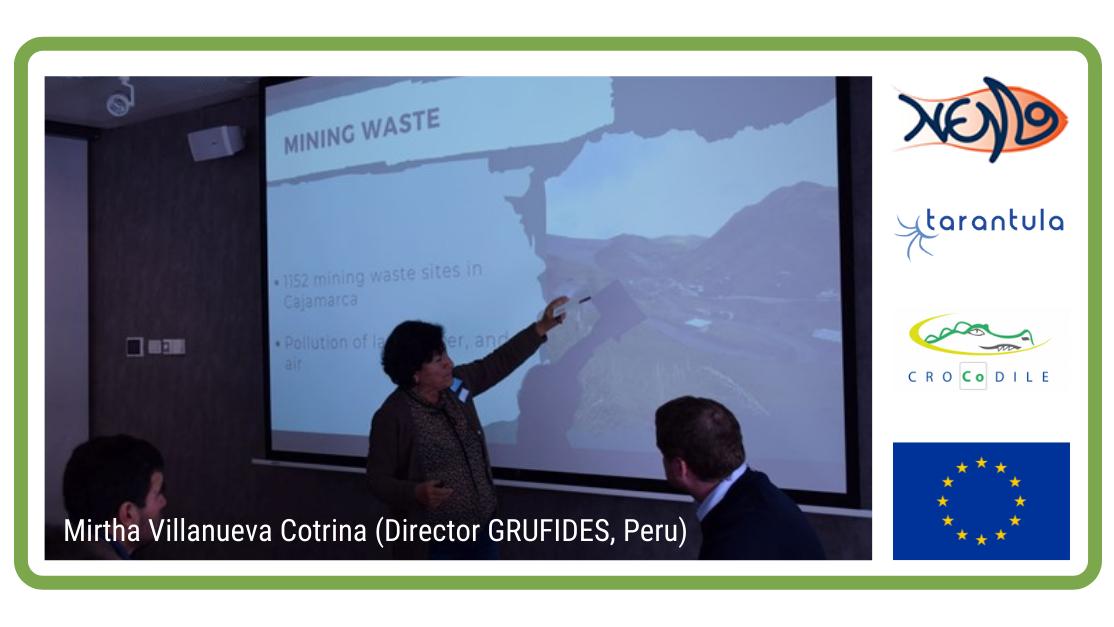On November 19 2019, the 9th Trilateral EU-US-Japan Conference on Critical Materials was held as part of the Raw Materials week 2019 in Brussels. During the conference, representatives from EU, US and Japan exchanged information about their recent research initiatives and future challenges concerning critical materials, and confirmed the importance of further trilateral cooperation. The EU H2020 Projects CROCODILE and TARANTULA presented their work.
The Trilateral EU-US-Japan Conference on Critical Materials started in 2011 after soaring prices of some critical materials, especially rare earth elements in 2010. The conference has been held annually in order to exchange the information on the critical materials, especially in the field of R&D under the framework of trilateral cooperation between Japan, the United States and the European Union.
The main topics that were addressed include Criticality, materials flows and supply risks; Materials development affecting demand of critical materials; Circular Economy; and Critical materials for e-vehicles and renewable energies.
The Circular Economy session featured three presentations about RD&I activities in US, EU and Japan related to circular economy. From the US Dr Ramesh Bhave presented an E-Waste Recycling approach via a Novel Rare Earth Recovery Process. From Japan, Professor Takashi Nakamura, gave a presentation about the 3Rs approach (Reduce, Reuse and Recycling) of critical metals from a view point of circular economy in Japan. Dr. Nader Akil presented four European research an innovation projects related to the recovery of strategic critical raw materials such as Refractory metals, cobalt, PGMs and Rare Earth Elements from primary and secondary waste streams.
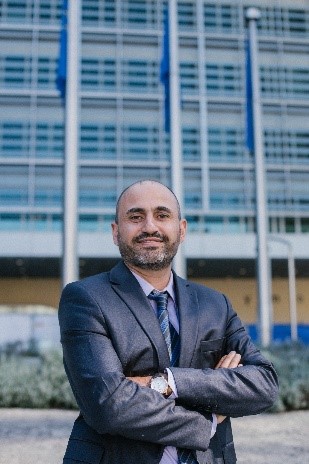 In his presentation Nader provided the initial results achieved in the EU funded project CROCODILE aiming do develop a first of a kind commercial compact system for the efficient Recovery Of cobalt from secondary and primary resources. The CROCODILE concept is based on novel Integrated leading technologies based on advanced pyro-, hydro-, bio-, iono- and electrometallurgy technologies for the recovery of cobalt and the production of cobalt metal and upstream products from a wide variety of secondary and primary European resources.
In his presentation Nader provided the initial results achieved in the EU funded project CROCODILE aiming do develop a first of a kind commercial compact system for the efficient Recovery Of cobalt from secondary and primary resources. The CROCODILE concept is based on novel Integrated leading technologies based on advanced pyro-, hydro-, bio-, iono- and electrometallurgy technologies for the recovery of cobalt and the production of cobalt metal and upstream products from a wide variety of secondary and primary European resources.
Also, he presented the technologies that will be developed in the EU funded project TARANTULA aiming at the recovery of Tungsten, Niobium and Tantalum occurring as by-products in mining and processing waste streams. To stimulate the recovery of those refractory metals from such complex, low-grade resources, TARANTULA will develop a suite of cost-effective, scalable and eco-friendly – bio-, hydro-, iono-, solvo-, pyro- and electro-metallurgical – processes with high selectivity and recovery rates. These novel technologies, each representing an alternative for one or more process steps of state-of-the-art (SoA) processing lines, will form new routes towards market-ready metals, metal oxides and metal carbides.
After the session, the strategic approaches, the different activities and the various concepts were debated during a panel discussion.
